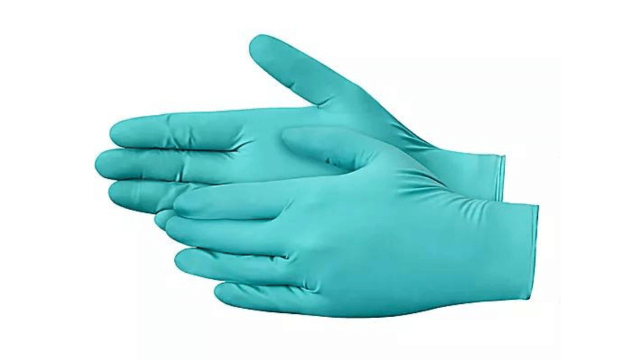By far the most common form of personal protective equipment (PPE), disposable gloves serve to protect both their wearer and others across a wide range of industries and applications. There are also various options available when it comes to disposable, single-use glove material – including latex, nitrile, and vinyl; powdered or powder-free.
Powder-free latex gloves play an important role in clinical settings of all kinds. From dental clinics to pathology collection centres, in hospital wards and outpatient clinics, and many other environments, latex is suitable for most users and is a valid option when using nitrile glove material is not considered to be necessary.
Regardless of whether one is using nitrile or latex gloves, choosing a powder-free glove is essential in many clinical settings.
Powdered Gloves have a starched powder (e.g. cornstarch) applied to their interior surface. This is intended to absorb sweat and make donning and removing the gloves easier. This is of benefit to people whose hands sweat, preventing residue buildup and odour inside the glove. For some people, however, the powder itself can be an irritant.
Powder-free Gloves do not have this starched powder – meaning that, while they may not be quite as easy to put on, nor do they have the level of grip or are they as comfortable as their powdered counterparts, they tend to perform better in terms of versatility, strength, durability, impermeability, and skin health.
Uses of Powder-Free Gloves
Powder-free gloves are ideal for use in:
- Lab and scientific industries
- Mechanics
- Hair and beauty
- Tattooing and piercing
- Food processing, handling, preparation, and catering
Table of Contents
They are also much better for clinical use.
Powder exposure from surgical gloves or other gloves used in some clinical settings (including wound care and dentistry) can cause unwanted reactions in patients and clinical staff.
Glove powder is abrasive to the skin. This can alter the skin’s normal (slightly acidic) pH, which is essential for protection against bacteria, fungi, viruses, and other microorganisms. The powder is also an irritant that can cause contact dermatitis in some people, which disturbs the integrity of the skin’s protective surface on the body.
Latex proteins from powdered latex gloves may bind with the glove powder. This can become aerosolised when gloves are taken from the packaging, put on, or taken off. These latex proteins can be present in the air and on surfaces for a significant period thereafter, potentially impacting sensitive persons who breathe in these particles. It also increases asthma risk, especially for healthcare staff.
Powdered latex gloves also have demonstrably higher levels of natural latex rubber allergens, thus heightening the risk of latex sensitisation in users and those exposed through touch or even indirect contact.
Powder from gloves increases infection risk in post-operative sites, as the body recognises the powder as a foreign substance and creates an inflammatory response to it. This compromises the natural healing process.
Glove powder, if it enters a surgical site or open wound, can promote the formulation of granulomas and adhesion development – this includes the abdominal cavity, cranial cavity (around the brain), bladder, and eyes.
In a medical or scientific lab or radiology setting, the powder from gloves may interfere with test results and image quality. It can also alter the functionality and sterile status of surgical equipment like scopes.

